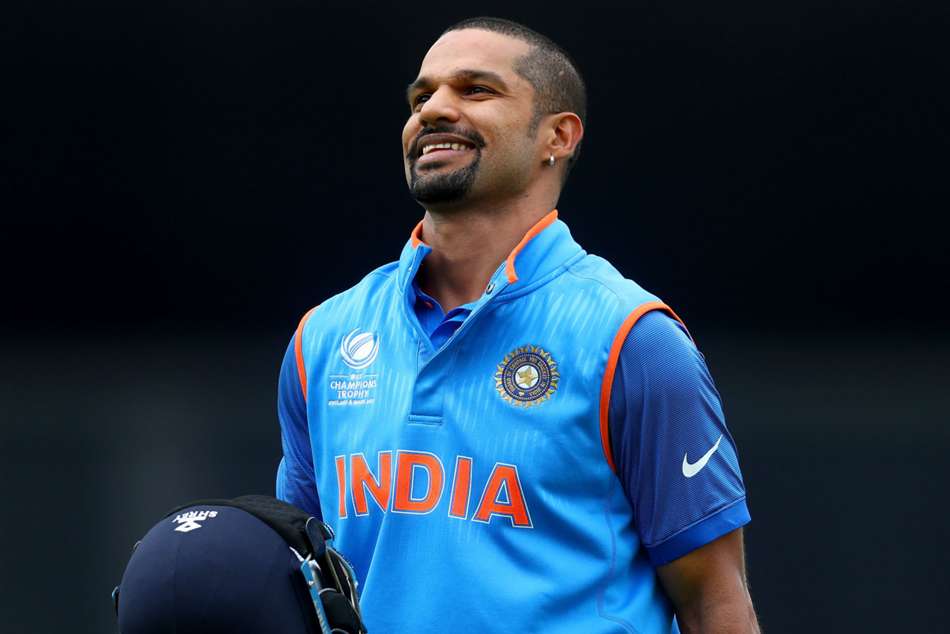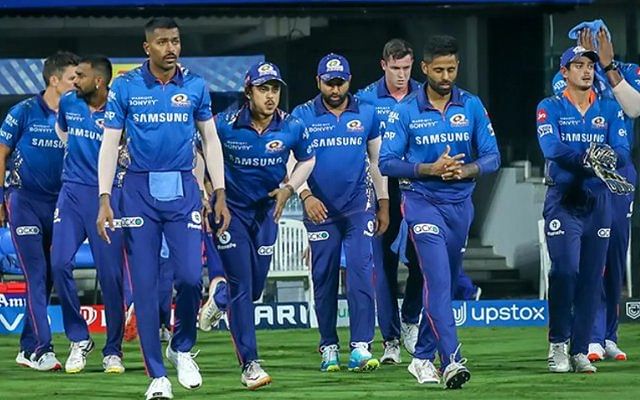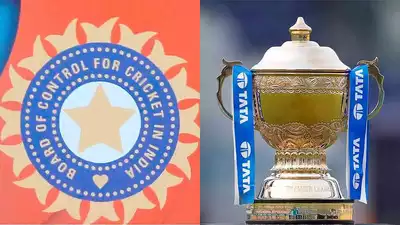Compared to his entry into the international arena, his exit was rather quiet. The swashbuckling 100 against Australia was treat to watch. He threatened to rewrite the record books on that day at Mohali. It was the highest score by an Indian in Test cricket and the eighth-highest overall. The hundred was brought up of just 87 deliveries. After the retirement of Virender Sehwag, India could not find anyone to set the pace at the top. With the advent of Dhawan, that problem was resolved. Or was it? That was the irony of Dhawan. For someone with so much ability to hit the cover off the ball, to someone who slowed tremendously, it was a huge transformation. Nevertheless, Shikhar Dhawan had a fulfilling career and was one of the mainstays of the Indian World Cup teams. Thank you Shikhar Dhawan. Tributes poured as soon as he announced his retirement.
Ever since that breathtaking debut against Australia, Dhawan the Test cricketer somewhat went missing. His shortcomings and technique was brutally exposed on the away tours to England, Australia, New Zealand and South Africa. It more or less sealed his fate as a Test batsman. He was first replaced by Prithvi Shaw and later by Shubman Gill. With a whole host of youngsters waiting in the wings, Dhawan’s career in Test cricket was decided. Once he was replaced, he could not come back into the Test squad.
The white-ball behemoth
It was in white-ball cricket where Dhawan was his self. He found his calling in ODIs and T20s. An average of 44.11 at a strike rate of 91.35. Among the 19 India batters who have scored 3000 or more ODI runs, only four – Virat Kohli, MS Dhoni, Rohit Sharma and Sachin Tendulkar – have higher averages. More importantly, it was in ODI World Cup and Champions Trophy, in multi-nation events he excelled. It seemed that he reserved his best only for such events. The consistency, the pitch or the bowler did not matter, he showed in the world events was remarkable, to say the least. In 20 innings he crossed 100 a staggering six times and 50 in 10 innings.
An average of more than 65 was brilliant by any standards. Till date, he has the highest average among all the batsmen who have scored more than 1000 runs in world events. For someone with such consistency and a good strike rate, he became painfully slow during the later stages of his career. It seemed like he was stuck in a time warp and stayed in the 1980s and 1990s when the game was much slower.
He simply refused to change according to the change times. It could be the fault of the management. He could have been asked to bat in a certain way. Watching the Indian openers of Rohit Sharma and Shikhar Dhawan about 5 years ago was a real tragedy. Neither of them showed any aggression and were content to play the waiting game. First 10 overs just about 40 runs without the loss of wickets was the norm. Dhawan got stuck in that rot and never managed to wriggle himself out of the rut. Perhaps, he was satisfied with his contribution.
The next generation
His last game was in Chattogram where he scored 3 of 8 but one will not able to remember that he played in that game because Ishan Kishan at the other end rollicked to a mammoth 210. Dhawan was further left behind after Gill had a wonderful year in ODI cricket.
Rewind back to 2013 when Dhawan was recalled into the ODI side. 1162 runs at 50.72 and a strike rate close to 100. In just 28 games, he brought up his 5th ODI hundred. It was a stellar year for Dhawan. From then till the end of the 2019 World Cup, he stood toe-to-toe with Rohit Sharma and Virat Kohli in terms of run making. There were so many games where the top 3 used to either setup imposing total or chase one effortlessly. Dhawan and Rohit formed a formidable combination at the top albeit one suited to the mode of batting of that era. They were playing different roles that happened to suit their strengths; each was in his own way equally valuable to India’s cause.
His highest point
The highlight of his career will undoubtedly be the fact when he became the captain of the Indian ODI team. Yes, the regular team was away in England when India were supposed to play in Sri Lanka. I personally felt that Bhuvenshwar Kumar would have been the ideal candidate but Dhawan pipped him to the post. In hindsight, perhaps, it wasn’t a bad decision because he deserved to be the captain when neither Rohit Sharma or Virat Kohli were around. He did a decent job with virtually Indian C team. It was during this series in Sri Lanka where Dhawan increasingly became slower with the bat. If only he had adapted to the modern day batting by about 50%, he would have played for few more years.
Wrapping up thank you Shikhar Dhawan
I will wrap up with Dhawan’s thinking during his interview with ESPNCRICINFO.COM when asked about Process and Mindset.
Absolutely. Suppose, I am only focusing on the result, then I am creating an expectation ki yaar mere ko achieve karna hi karna hai [that I have to achieve it no matter what]. But then what happens is that if I am doing well, I will feel really good, but if I am not, there will be a heaviness, that desperation. That will make you feel under pressure and you won’t be able to perform at your peak, no matter who the individual is. Whereas, when you are at ease, you are creative, you make the most impact in whatever you are doing. That’s the mantra I use. That is the process part.
As for mindset, it is about being positive, because life puts everybody down on their knees. Suddenly you will be confronted with situations you did not imagine. In those situations, champions are those who get up very quickly. Suppose I get out on 0 – I will analyse the situation. Did I get out out of fear? Did I get out due to strategy? Or was it because of bad shot selection? After analysing, I’ll know I should not be repeating that mistake, but I won’t be sad. I will be doing the affirmation strategy, telling myself that I’m playing much better than my capacity, I am being consistent. When I go with such a mindset, I’m already creating a lot of positivity around me.



